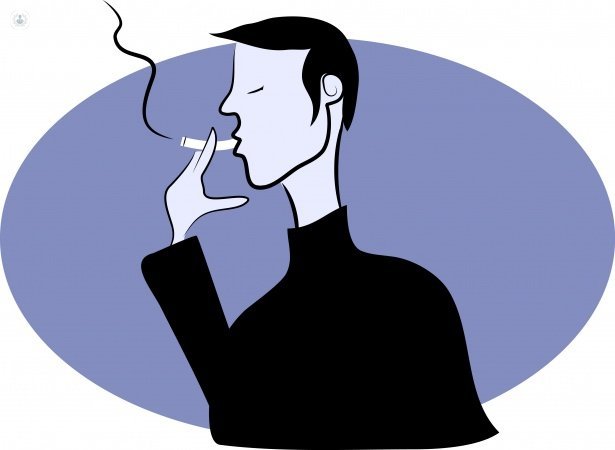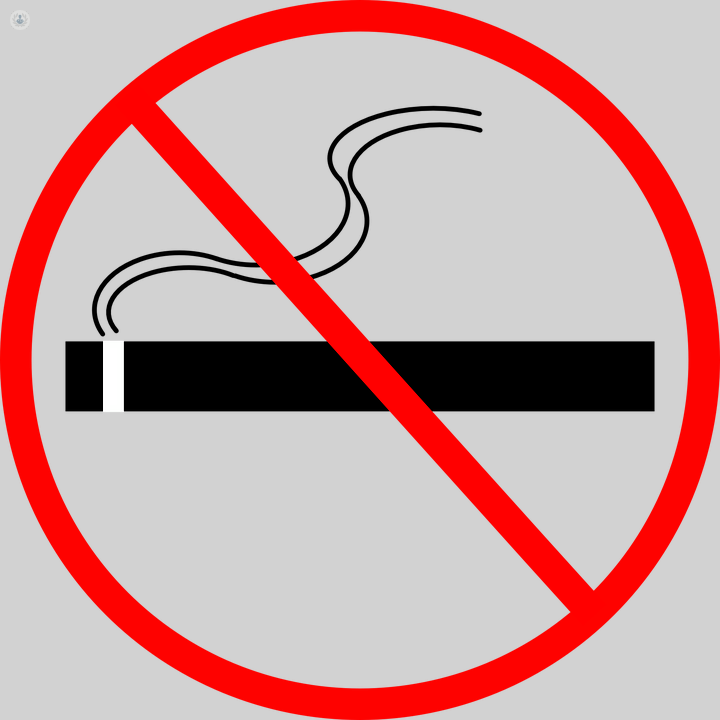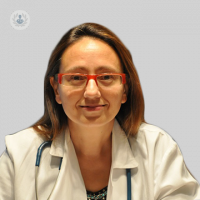How to Quit Smoking
Written by:In the smoking it goes through phases gradually, and it is very important to know at what stage the patient is.
-
 35% of smokers are in the precontemplation stage, ie, they not think about the need to leave;
35% of smokers are in the precontemplation stage, ie, they not think about the need to leave; - 50% are in the contemplation stage, want to quit smoking within no more than 6 months time;
- 15% of smokers is in the preparation phase, that is, you want to quit and want to make a serious attempt to date less than one month;
- the Action Phase is when they are quitting smoking.
Until the patient is under preparation should not initiate treatment for addiction, since there is much probability of failure. We can only motivate, to phase advance.
It is necessary for the patient in preparation pass to Action and to this end, it is necessary to make a correct diagnosis of smoking, to adapt the treatment to the individual characteristics of each smoker. This will be done from the patient's history, which includes minimum data such as age at which smoking began, so smoking and time in years of smoking, and previous attempts to quit, treatments used therein and analyze the reason for relapse.
Treatment to quit smoking
We make the smoker patient fill out a calendar sheet, 7 days, which will point the number of cigarettes smoked each day, marking the morning, afternoon and evening. In this way we will know (he and us) when you smoke more or less. In addition, another sheet of 1 day only, to point where I was, with whom, what you felt before and after each cigarette.
We analyze the reasons that led him to take the actual decision to quit, and quantify the degree of motivation you have at that time. If we find that is not sufficiently motivated, according to the test, we invite you to postpone the start of treatment.
In our experience, the reasons that most lead these patients to ask for help are:
- Parents with small children or preteens. The main motivation is to please the children, "my children do not want to smoke" as if it were a gift for them. When they have older children and also they are smokers, the strongest motive is to be a model for your children to leave.
- Young women are harder to motivate because of fear of gaining weight. Another negative factor in them is constipation that occurs when nicotine withdrawal. We must not forget that this problem is very common in them. Instead, when they are pregnant it is probably the best reason to quit smoking, as happens with their husbands, either by his wife or support for creating a healthier environment for your baby.
- Women in pre age, menopausal, or in the recent post-menopausal, have many problems with insomnia. Both withdrawal symptoms when they are under abandonment, as the pharmacological treatment used, much worse insomnia. Hence, women are more difficult to remove from snuff; in them, the ideal time is pregnancy or infancy of their children.
- In the elderly or middle age, and there are heart, vascular or lung problems in that, the main reason is to improve or prevent the disease from progressing.
- Every time we are seeing more young people who come for social reasons: to get a good job, be frowned upon in some social groups, where all your friends are leaving.
Analyze the degree of physical dependence, caused by the amount of nicotine in the blood, and other types of dependency generated: psychological, social and behavioral dependence. Women tend to have more social and behavioral dependency on men, physical and psychological is greater.
Smokers maintain the habit for reinforcements in behavior: positive reinforcement "is that I feel pretty good, makes me feel leader, makes me feel safe" ... or negative reinforcement: "I have fear not overcome it , to go badly, fail again, to get fat "...

Tobacco dependence treatment is twofold:
- Medication, treating physical dependence caused by Nicotine. To choose it, there must be relevant factors for the individual patient: do not want to get fat or have strong problems with constipation or insomnia (for women). The presence of depression or other psychiatric condition can modify the choice of treatment to get.
- Cognitive-behavioral therapy, which treats other types of dependency. It is practically the same for all patients, although they may be different motivational reasons for each of them and we know them to put more emphasis on them. Therefore, and in order to individualize each case as possible, it is essential a good diagnosis of everything related to smoking history. In this therapy, experience and involvement with the patient is of great help to achieve success.
The smoking Action Phase (are quitting) is very vulnerable, you feel insecure and need to feel supported or have an easy handle in moments of craving (irresistible desire to smoke). A good doctor-patient relationship, explain in their language what will be feeling as they advance the days of abstinence or overtake the bad will not be afraid to feel when they appear and thus confidence in the therapist strengthens key factor the success.
When the smoker has great social component and their friends smoke almost all are told that at least the first 40 days avoid them. Yes is closely associated with the snuff travel, we said avoid traveling or do it with someone non-smoker, who can help.
Drug treatment is also necessary, as is the physical withdrawal. This starts a day or two days of not smoking anything and increases up to a maximum usually occurs in 40 days. From there, it goes down to disappear in about 3 months, while treatment usually lasts no complications or relapses. In that case, we can expand up to 6 months or even low doses of the drug for 1 year.
There are drugs of first or second line, as the success rate is given with each. But not all patients can make them the most successful drugs, it is fortunate to have more variety.
Relapses are essentially avoided with behavioral therapy, motivating the patient in the points that he was more important, for example, that led him to ask for help.
After treatment, I invite you to fill out a sheet with the benefits they feel when quitting and that folio, it should be very visible, for moments of weakness or relapses.
A patient is a nonsmoker and having left a year altogether.



